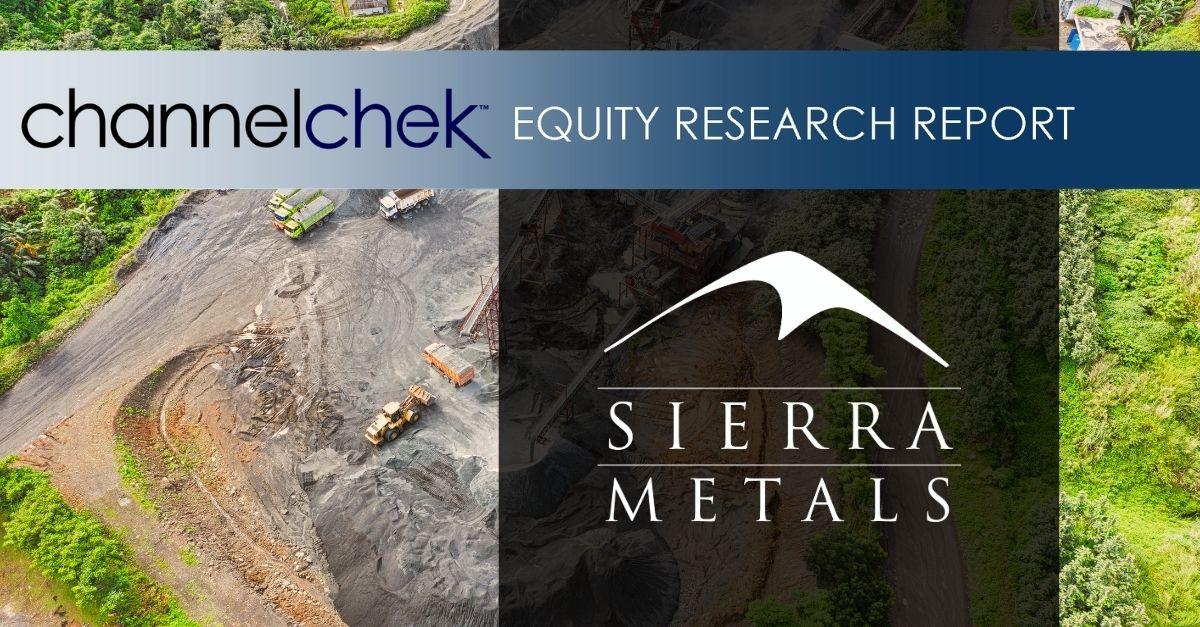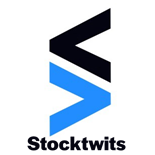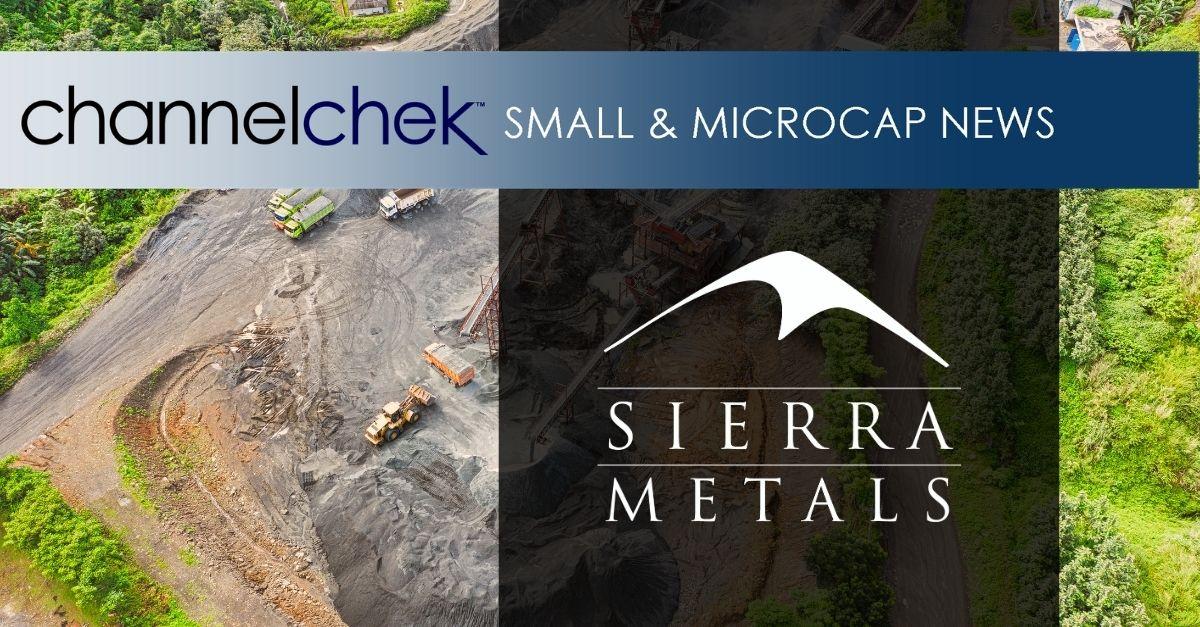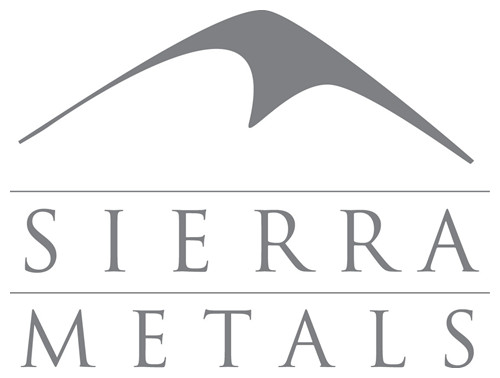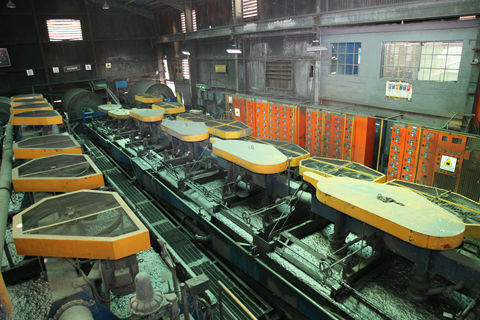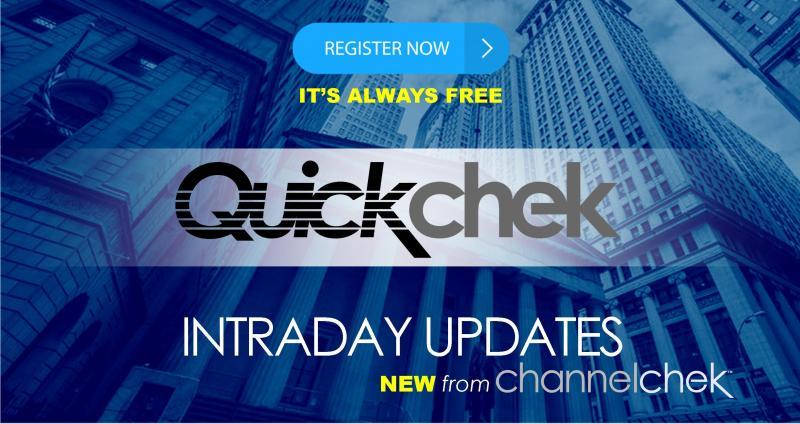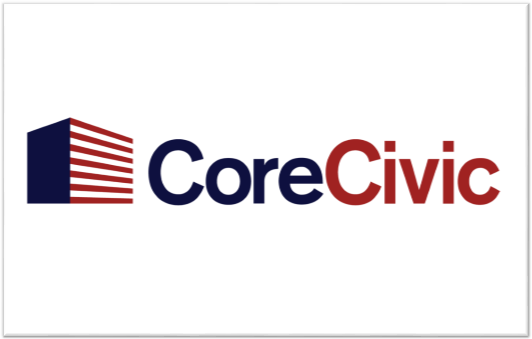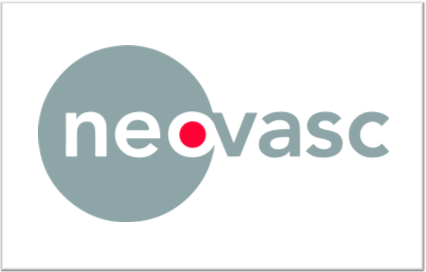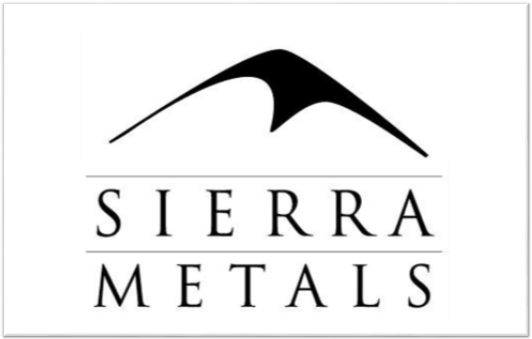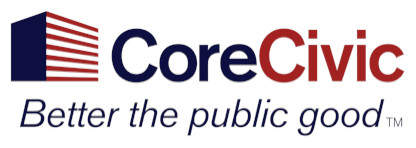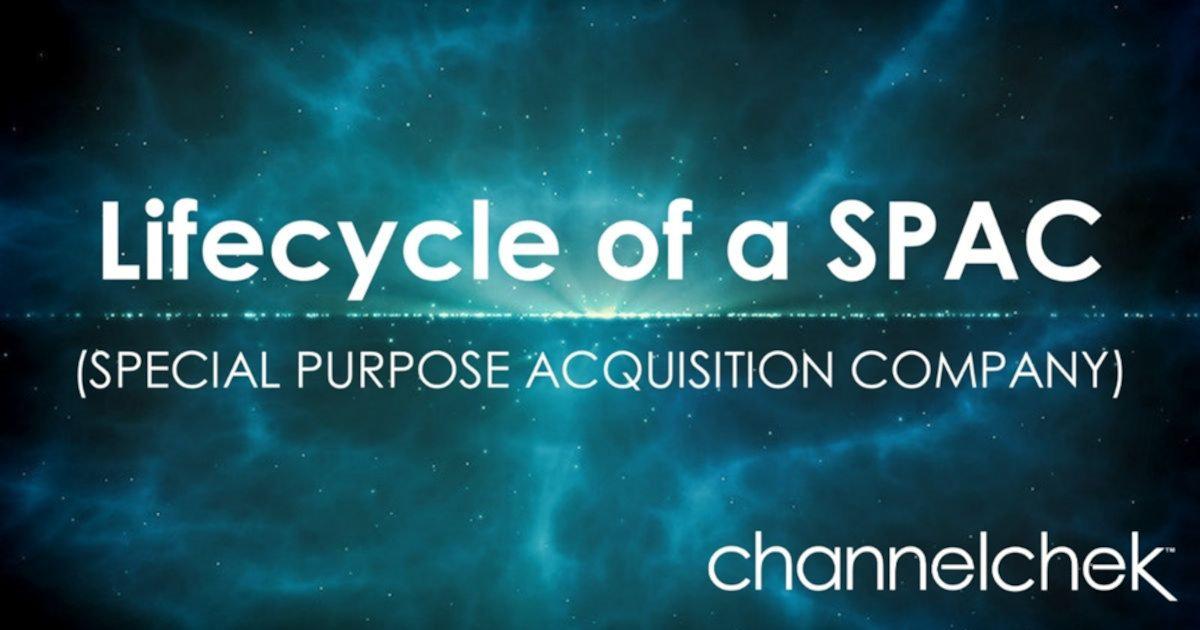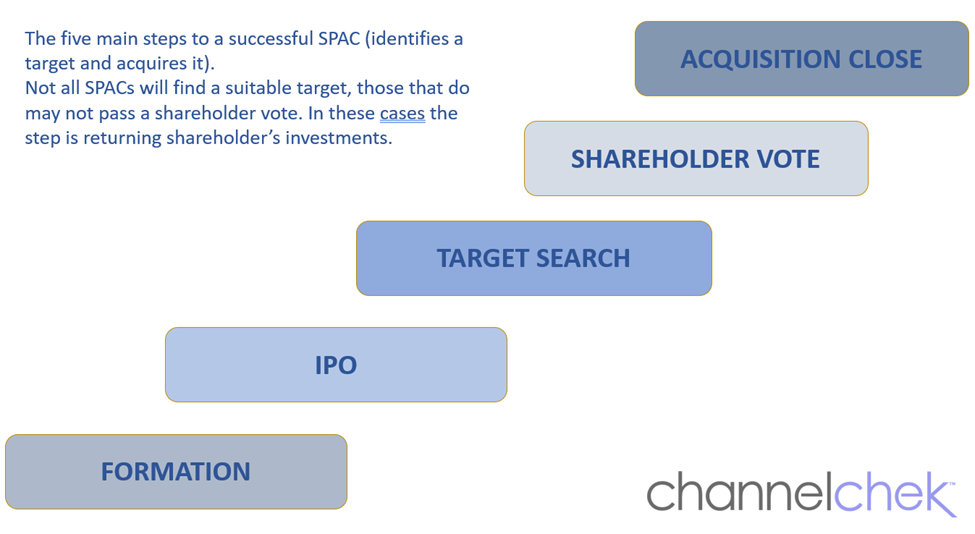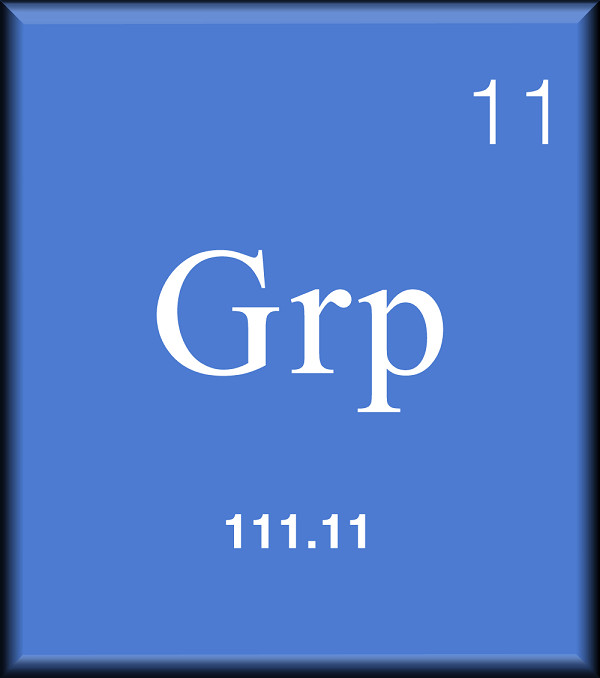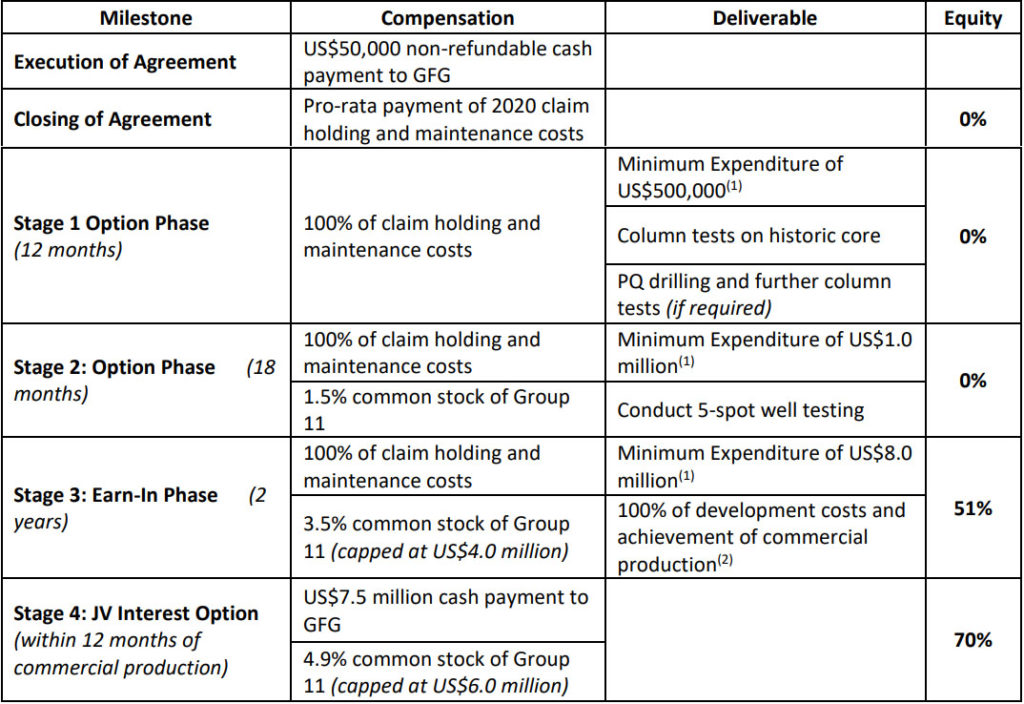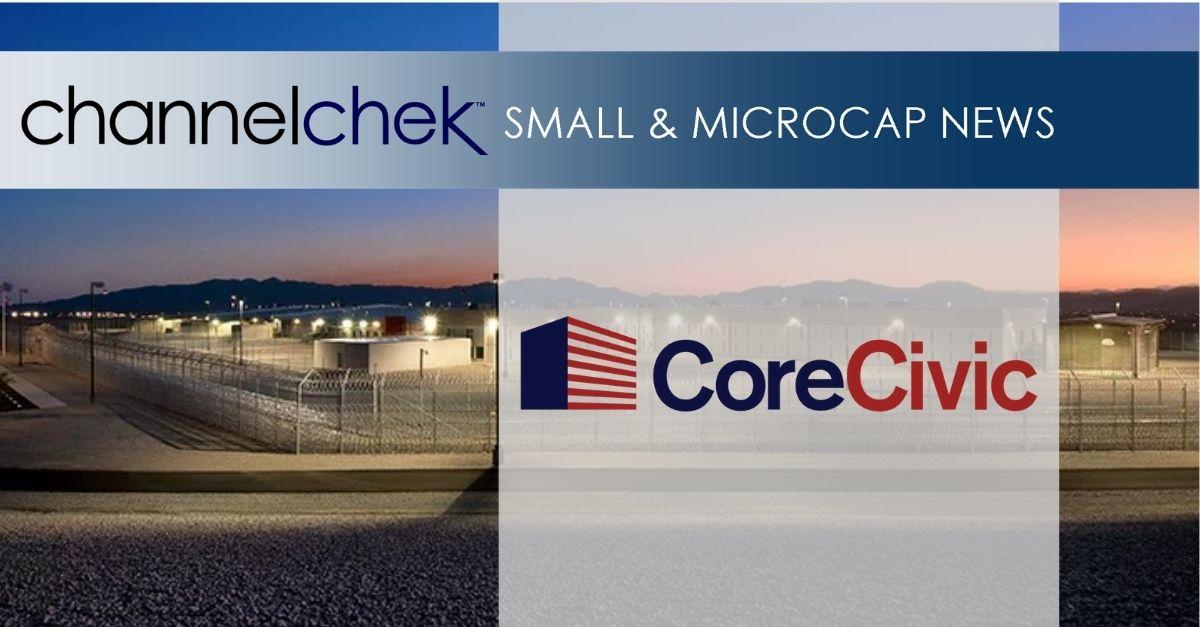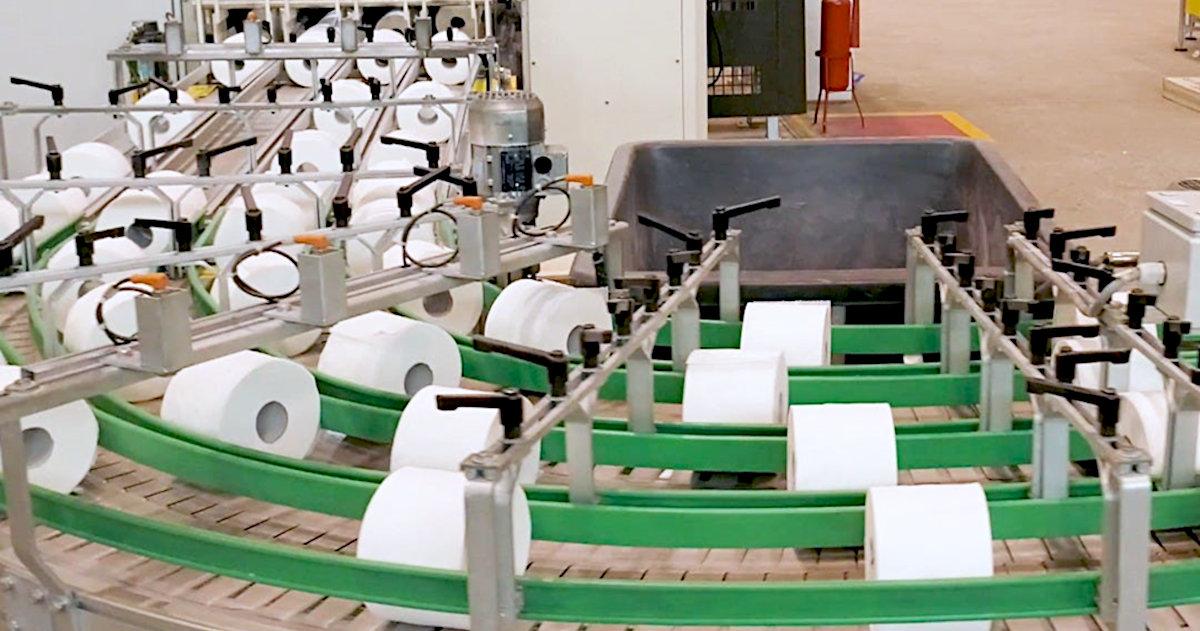
Tuesday, April 19, 2021
Digital, Media & Entertainment Industry
Quarterly Review & Outlook: What Kind Of Recovery Will It Be?
Michael Kupinski, DOR, Senior Research Analyst, Noble Capital Markets, Inc.
Refer to end of report for Analyst Certification & Disclosures
Overview. The Ride May Get A Little Bumpy. Investors appear eager to own companies that may benefit post pandemic. To that end, Media stocks outperformed the general market as measured by the S&P 500 Index in the last quarter and for the past year, with many stocks having doubled since November 2020. The outperformance is typical of an early stage economic and advertising recovery for these consumer cyclical stocks. But, there may be some headwinds looming.
Broadcasting Television. Better Late Than Never. On April 1st, the Supreme Court upheld the relaxation of media ownership rules that the FCC tried to put in place, but was blocked by the Third District Court. These rules largely reflected cross ownership between owning a TV/Newspaper, TV/Radio and the number of radio and TV stations that one entity could own in a market. The Supreme Court ruling was not surprising, but could it pave the way for future FCC action on media ownership?
Broadcast Radio. Diving Into Digital. Radio companies leaned into their digital growth strategies in the last quarter, highlighting the contributions of this growth-oriented business, which performed well even during the pandemic. Townsquare Media appears to be leading the way with nearly 50% of its revenues tied to Digital revenue. Most recently, one of the nation’s largest Radio companies rebranded its name from Entercom to Audacy to change the dynamics of the Radio industry and to recognize the key revenue growth driver for the company.
Publishing. A Sweeter Offer. Tribune receives a competing bid of $18.50 per share, a substantial increase from the $17.25 per share from the Alden Group, which owns roughly 32% of the company. The latest offer inches closer to our original price target of $20.75. The question is whether the Alden Group walks away with an attractive return on its investment, as it did with the firm’s run at Gannett, or sweetens its offer?
Digital, Media & Technology. Taking A Breather? Most Digital Indices under performed the general market in Q1. The exceptions to the overall performance was notable. In this report, we highlight our coverage of Esports Entertainment and the fast growing industries of Esports and iGaming. Noble’s Esports/iGaming Index was up a strong 48% in Q1. While the pandemic adversely affected large stadium, in person tournament play, video gaming substantially increased due to stay at home mandates, What is the outlook post pandemic?
Overview
The Ride May Get A Little Bumpy
Investors appear eager to own companies that may benefit from a post pandemic recovery. To that end, Media & Entertainment stocks outperformed the general market as measured by the S&P 500 Index in the last quarter and for the past year, with many stocks having doubled since November 2020. For the first time in a long while, traditional media companies outpaced the performance of the Digital Media group. The Media out-performance is typical of an early stage economic and advertising recovery for these consumer cyclical stocks. But, there may be some headwinds looming. Investors are likely to ponder these questions: Has the recovery in media stock valuations gone too far? How will the stocks react to the prospect of higher inflation? Will advertising continue to rebound with the prospect of increased corporate or personal taxes? And, how will the stocks perform in a period of rising interest rates.
Stocks can climb a “wall of worry”, but it usually means that the road will become more bumpy. We look for a lot more volatility in the general market, as well as for these cyclical stocks, in coming months and quarters. In our view, stock valuations do not appear to be extended, with most stocks trading within historic five year trading average ranges. But, most media stocks have factored in a fairly robust recovery. In addition, for television stocks, there is anticipation that political advertising in 2022 may even exceed that of 2020, an historic political advertising year. It would be unusual for a biennial election year to exceed that of a presidential election year, but there has already been a record amount of money raised by politicians, PACs, and advocacy groups. For now, we see no reason to be less optimistic on the advertising front given significant economic stimulus.
We believe that media stocks potentially have bigger headwinds with inflation, rising interest rates and taxes. In terms of inflation, historically media companies have been able to raise advertising rates faster than the rate of inflation. This was true until the advent of the Internet, when advertising deflation occurred. As such, the story is still out on whether advertising historic trends prevail. Certainly, in an inflationary environment, we would anticipate that there would be a contraction in cash flow multiples. On the tax front, as of now, the discussion relates to tax increases for those making $400,000 or more and for corporate tax rates to rise. State taxes appear to be generally going up as well. Generally, tax increases decrease discretionary disposable income and is negative for advertising. States appear to be seeking additional taxes, however, some even considering taxes on services, such as advertising. This would be a negative, potentially lowering margins for advertising driven companies. Finally, media stocks tend not to do well in periods of rising interest rates, which appears on the horizon.
What are media investors to do? There is significant amount of stimulus, which should support a robust economic and advertising recovery. We believe that volatility likely will increase and stock valuation multiples likely will contract. As such, it is important for investors to be selective and seek “growthier” companies. Companies that have developed digital operations and those that are well positioned to grow above average in an economic recovery that may include higher inflation. Such companies in media exist and this report highlights a few of them including our favorites Esports Entertainment, Harte Hanks, Cumulus Media, Salem Media, Townsquare Media, Entravision, Gray Television and E.W. Scripps.

Broadcast Television
What does the Supreme Court Ruling Mean?
On April 1st, the Supreme Court ruled that the Federal Communications Commission (FCC) was within its right to relax media ownership rules, particularly the newspaper/TV cross ownership, radio/TV cross ownership and the number of radio and television stations an operator could own in a single market and the number of TV stations an operator could own in a single market. These ownership rules were archaic. But, the Supreme Court decision to uphold the FCC’s relaxation of the ownership rules is not likely to change much.
First, many broadcast television companies sold or spun off newspaper operations long ago. This decision was largely based on the fact that public broadcast companies that owned newspapers traded at a discount to peers given the far lower multiple assigned to newspapers. In addition, many broadcasters with newspapers operations saw little synergies.
The Supreme Court decision has more implications for a broadcaster owning 2 big four network stations in a market, commonly called the Big 4 rule. The Supreme Court decision paved the way for the FCC to loosen the restriction and allow the ownership of 2 “big four” network stations in the market. The FCC has rarely done this in the past since the combination would need to serve the public interest. It is unlikely that broadcasters would seek acquisitions to combine “big four” stations in a market given the high hurdle of the “public interest” and, especially, with the current administration that has been supportive of keeping ownership rules.
As such, the relaxation of these rules will not likely drive industry consolidation, nor did the Supreme Court ruling drive up media stocks, as some media outlets suggested. Investors are looking for the FCC to further lift television ownership rules, especially the current rule that limits television ownership to 39% of television households. We believe that this would be more important in driving industry consolidation. This is not expected to happen with the current administration. We believe that the recent rise in stock valuations relates to improving fundamentals.
Television investors are buoyed by core advertising gains that are expected in the first quarter and the upcoming easy comparison in the second quarter. On average, we believe that first quarter revenues are likely to be down 1% to 2% due to the heavy influx of political advertising in the first quarter 2020. The first quarter is not typically a huge political quarter, but last year was different, influenced by spending by billionaire presidential candidate Michael Bloomberg. Importantly, core advertising is expected to be up in March, which was not a huge political month. This bodes well for good advertising momentum in the second quarter.
The second quarter revenue comparisons will be much more favorable given significantly less political advertising and the year-earlier, advertising fallout from Covid 19. We estimate that industry mean revenues likely will increase as much as 18% in the second quarter. Looking forward toward the second half, comparisons will be difficult due to the year earlier historic influx of political advertising. All together, we expect television mean revenues to be down 2% to 3% for 2021.
The Noble TV index increased a strong 21% in the first quarter, heavily influenced by the volatility in the shares of ViacomCBS. Nonetheless, most television broadcasters performed well in the first quarter and outperformed the S&P 500. We believe that investors are focused on the advertising recovery, which appears to be underway in the first quarter and into the second quarter. We believe that investors may give some pause in the enthusiasm for broadcast stocks heading into the second half, given the tough revenue comparisons to the year earlier heavy political advertising.
So, we are not looking for smooth sailing for the stocks in 2021. Nonetheless, we believe that investors should focus on 2022 and the prospect of an historic influx of political advertising. Many broadcasters indicated that political advertising could be greater than the record-breaking amount in 2020. This would be unprecedented, given that political advertising in biennial election years are usually lower than presidential election years. But there is a close balance of power in the House and Senate and there appears to be a record amount of money already raised by candidates and political groups. At this time, we anticipate that industry mean revenues will increase 15% in 2022.
As the broadcast comparable chart indicates, television stocks do not appear to be overvalued, in spite of the recent out performance in the market. On average, stocks appear to trade at roughly 8 times enterprise value to 2022 cash flow estimates. In our view, this is within the range of historic trading averages between 8 to 12 times. As such, we believe that there is room for upside in the television group and reiterate our Outperform rating. We encourage investors to focus on our current favorites which include Entravision, E.W. Scripps and Gray Television. E.W. Scripps is an attractive political advertising play, but, also as a play on OTT broadcasting. For Gray, there is acquisition-fueled growth prospects. Entravision is an attractive recovery play as well as a play on acquisition fueled growth given its favorable, large cash position.

Broadcast Radio
Diving Into Digital
Radio companies leaned into their digital growth strategies in the last quarter, highlighting the contributions of this growth oriented business which performed well during the pandemic. Digital revenue grew roughly 8% in 2020 and is projected to accelerate to a strong 15% in 2021. The digital growth was significant given that traditional radio advertising declined an estimated 30% in 2020. The compelling digital revenue growth has been fueled by podcasts, but also reflect other digital initiatives including streaming, programmatic, and subscription businesses. Furthermore, digital revenue is expected to grow an attractive 10% for the next several years.
While traditional radio advertising is expected to have a recovery in 2021 as the economy reopens, we expect that traditional radio advertising is likely to struggle to reflect revenue growth thereafter given competition from alternative mediums. We estimate that traditional radio advertising will increase 15% in 2021, not fully recovering from the 30% drop in 2020. As a result, many radio companies are looking toward digital and other growth oriented businesses, including gambling and esports, as growth drivers.
Some radio companies have accelerated the trajectory of their digital revenue contribution through acquisitions. Entercom, now called Audacy, in March, purchased Podcorn, a company that connects advertisers to podcast content. This recent acquisition follows earlier purchases of Cadence13 and Pineapple Street Studios, establishing the company as a leading player in the podcast space. Notably, podcasting is the fastest growing segment of audio and is expected to increase a strong 41% in 2021 as forecasted by eMarketer. Furthermore, eMarketer projects that by 2024, 29% of digital audio ads will be derived from podcasts. Other companies, like UrbanOne, have looked outside of the audio space for growth. The company doubled down on its interests in casinos, partnering with the Colonial Downs owner, to build a casino in Richmond, Virginia.
While companies like Audacy have been playing catch up to transforming toward a digital, or even an entertainment-oriented company, through acquisitions, Townsquare Media has grown largely organically. Notably, with roughly 50% of its revenues derived from digital, Townsquare leads the way in the industry terms of diversified, growth oriented revenue streams. Recently, Townsquare management rolled out its “Digital First” strategy. Leading with its digital businesses is a change in strategy from the company’s “Local First” focus. But, the change is not surprising given the strong growth in its Digital businesses over the past year. Its Interactive subscription based business grew 14% in 2020. Furthermore, its programmatic business, Ignite, and other digital advertising revenue streams appear to be accelerating from that growth.
As we look forward toward 2021, we believe that there will be a radio advertising recovery. Among our favorite radio advertising recovery play is Cumulus Media. Cumulus is expected to benefit from the radio advertising recovery given its less diversified revenue streams. We estimate that the company’s 2021 revenue growth will be roughly 12%. As the comparable chart shows below, the Cumulus shares trade among the lowest multiple of EV to EBITDA of the top tier Radio stocks.
In addition, as a diversified play, one with strong growth prospects in its Digital businesses, investors are encouraged to look at Salem Media. The company has significant Digital growth opportunities with is Salem Surround, its digital ad agency business, and SalemNow, an on demand pay-per-view video platform. Salem Surround, with over 3,000 customers, grew revenues strong double-digits in 2020 and the momentum continues into 2021. Furthermore, the company recently expanded its podcasting business with the launch of Salem Podcasting Network.

Publishing
Tribune Publishing received a competing offer of $680.8 million, or $18.50 per share, for the company, beating the $634.8 million, or $17.25 per share, sweetened offer from hedge fund and largest Tribune shareholder, Alden Global Capital. Alden owns 31.6% of the TPCO shares outstanding. The $18.50 per share offer by Newslight, which is run by Stewart Bainum Jr., CEO of Choice Hotels, and Swiss billionaire Hansjoerg Wyss, was surprising, but not unrealistic. Alden agreed to sell the Baltimore Sun to a charity run by Bainum. That deal fell apart and Bainum formed a company to buy all of Tribune.
It appears that Newslight recognizes the sum of the parts valuation that we identified in our January 28, 2021 report, which indicated that the company could be worth as much as $20.75 per share, on a sum of the parts basis, recognizing the value of its unique newspaper assets and real estate holdings. Splitting up the company appears likely. Mason Slaine, a tech investor that has expressed interest in Tribune’s Florida newspapers, indicated plans to invest $100 million into the Newslight bid. Tribune’s special committee has determined that the Newslight’s offer would be a “superior proposal” to the Alden offer.
So, what’s next and what should investors do? The move by the Special Committee allows the company to provide information to Newslight, which now can perform due diligence. It appears that Newslight has the financing available to complete their offer. The ball is in Alden’s court to determine if they would sweetened their offer to be “superior” to the Newslight offer. In our view, there is value left on the table to do that. But, investors should be mindful that Alden has walked away from the table before with its run at Gannett.
In our view, investors have received the lion share of the upside in the TPCO shares. The prospective upside from here appears relatively modest. As such, investors should consider the opportunity costs of other potential investments. As such, we encourage investors to look at other of our favorite media names.

Digital Media & Technology
Introducing Noble’s Esports and iGaming Index
Noble’s quarterly media newsletter has always covered seven distinct segments: four digital media sectors (Digital Media, Ad Tech, Marketing Tech, and Social Media) three traditional media sectors (TV, Radio and Publishing). With this edition, we are adding an Esports and iGaming sector, as advertising and sponsorships are key revenue categories for many esports companies. Over time, we expect sports betting and Esports betting to become larger revenue drivers of industry growth.
We have added 16 publicly traded companies to our new Esports and iGaming Index and comp sheet, with the two largest companies in the sector, Flutter Entertainment (ISE: FLTR, the owner of FanDuel) and DraftKings (ticker DKNG) accounting for 80% of the sector’s market cap. Many companies in the sector are experiencing tremendous revenue growth (except for those that host live events) with organic growth augmented by acquisitions, and negative EBITDA margins as companies invest for growth. Of the 16 companies in the sector, four are expected to generate positive EBITDA in 2021, but six companies are projected to do so in 2022.
The Esports/Gaming Noble Index increased 42.7% in the first quarter 2021, reflecting robust gains by several larger cap companies in the index. Companies with strong stock performance include Draft Kings, up 32.7% and BRAG, up 47%, which outperformed the general market as measured by the S&P 500 Index, which increased 5.8% in the comparable time frame. The strongest stock performances were from AESE, up 82.3%, SLGG, up 148.8%, SCR, up 124.5%, EGLX, up 106.2%, and, finally, Esports Entertainment, which is closely followed by Noble, up 136.4%.
Currently, one of our favored plays in the sector is Esports Entertainment. In our view, the company is establishing itself as a vertically integrated esports/gambling company. The company is expected to soon close on its Helix/ggCircuit acquisition, which will be one of the linchpins underscoring the company has a platform play in the space.
Digital Stocks Take A Breather
Most Digital Media sectors under-performed the general market, as measured by the S&P 500 Index, in the first quarter, taking a breather from the strong year earlier stock performance. As the following figure illustrates, all of the digital media sectors outperformed the general market over the past 12 months, with a notably strong performance by the Noble Ad Tech Index, which increased an astounding 305%!

That momentum faded as we entered 2021 as the digital stocks took a breather in the first quarter, with most digital sectors under-performing the general market. Only Noble’s Digital Media Index outperformed in the first quarter 2021, up roughly 13% versus the 6% gain by the S&P 500 Index. Noble’s Digital Media Index includes such company’s as Google, Spotify and Netflix, as well as closely followed Travelzoo. The Travelzoo shares increased a strong 110% from January 4th lows to recent highs in April. We believe that investors sought companies that would benefit as economies reopen, even global economies, and companies specifically related to the travel industry, the hardest hit during the pandemic. The other Digital sectors that under-performed in the first quarter were Noble’s Digital Technology Index, down 5%; Noble’s Ad Tech Index, down 2%; and, finally, Noble’s Social Media Index, up 5%.

Digital Advertising Continues its Double Digital Growth
On April 7, the Internet Advertising Bureau (IAB) released their 2020 internet advertising revenue report in conjunction with PricewaterhouseCoopers (PwC). The report concluded that digital advertising in the U.S. increased by 12.2% to $139.8B in 2020 from $124.6B in 2019. Growth was fueled by a strong rebound in digital advertising in the second half of the year, in which $80B, or 57% of the year’s total was booked. Digital advertising of $45.6B in 4Q 2020 was the highest quarterly revenue number ever. For perspective, the $80B of ad spend in the second half of 2020 was equivalent to the entirety of U.S. digital advertising in all of 2016.
By quarter, digital advertising increased by 10.5% year-over-year in 1Q 2020, decreased by 5.2% in 2Q 2020 (when Covid-19 first hit), re-accelerated to 11.7% growth in 3Q 2020, and finished exceptionally strong with 28.7% in 4Q 2020. Fourth quarter digital ad spend benefited from an influx of political advertising, but the bigger impact may have come from a “use or lose it� mindset, in which ad budgets that weren’t spent earlier in the year were available to spend in the fourth quarter.
More importantly, digital ad spend in the U.S. was not just confined to the “duopoly� of Google and Facebook, or the “tripoloy� of Google, Facebook and Amazon Advertising. According to the IAB, digital advertising revenues among the Top 10 companies grew by 14% in the U.S., as their share of ad spend increased to 78% in 2020 from 77% in 2019. Ad spend from the fifteen next largest companies (companies 11-25 increased by 2.4% to $8B. The remaining companies in the PwC universe were able to post revenue growth of 8.3% to $22B in 2020 from $20.3B in 2019. The key take-away is that the size of the “open internet� (after the “walled gardens� of the top 10 companies) remains a sizable addressable market ($30B+ in the U.S. alone) and grew at an attractive rate of 7% (when excluding the top 10), despite what we believe was a double-digit decline in ad spend in 2Q 2020.
Internet and Digital Media M&A Activity Off to a Strong Start in 2021
In the first quarter of 2021, Noble tracked 167 M&A transactions in the internet and digital media sector, up 8% over the 154 transactions we tracked in the first quarter of 2020. The most active sectors included digital content (54 deals), marketing technology (43), agency & analytics (29) and advertising technology (16). Within the digital content sector, the most active subsector were companies in the gaming sector, such as game studios or mobile game developers. There were $6.0B worth of M&A in the gaming/entertainment sector, with the largest being Electonics Art’s nearly $2.0B acquisition of mobile game developer Glu Mobile, followed by Embracer Group’s $1.4B acquisition of Gearbox Entertainment, as shown below.
Among the stocks in the marketing technology space, investors should take a look at Harte Hanks. After a turbulent 2019 and 2020, the company appears to be on the mend, having restructured many of its vendor agreements, lowered infrastructure costs, and exited low margin businesses. The company has swung toward cash flow positive and has maintained a large cash position. This allows the company to service its debt and unfunded pension liabilities. Now, management appears to focus on driving the top line, a key element toward returning the company toward growth and positive free cash flow. The HRTH shares have had a strong performance so far this year, up 59% from January 4th lows to near current levels. We believe that the strong performance reflected favorable fourth quarter results, which reflected positive adjusted EBITDA.





Companies mentioned in this report:
GENERAL DISCLAIMERS
All statements or opinions contained herein that include the words “we”, “us”, or “our” are solely the responsibility of Noble Capital Markets, Inc.(“Noble”) and do not necessarily reflect statements or opinions expressed by any person or party affiliated with the company mentioned in this report. Any opinions expressed herein are subject to change without notice. All information provided herein is based on public and non-public information believed to be accurate and reliable, but is not necessarily complete and cannot be guaranteed. No judgment is hereby expressed or should be implied as to the suitability of any security described herein for any specific investor or any specific investment portfolio. The decision to undertake any investment regarding the security mentioned herein should be made by each reader of this publication based on its own appraisal of the implications and risks of such decision.
This publication is intended for information purposes only and shall not constitute an offer to buy/sell or the solicitation of an offer to buy/sell any security mentioned in this report, nor shall there be any sale of the security herein in any state or domicile in which said offer, solicitation or sale would be unlawful prior to registration or qualification under the securities laws of any such state or domicile. This publication and all information, comments, statements or opinions contained or expressed herein are applicable only as of the date of this publication and subject to change without prior notice. Past performance is not indicative of future results.
Noble accepts no liability for loss arising from the use of the material in this report, except that this exclusion of liability does not apply to the extent that such liability arises under specific statutes or regulations applicable to Noble. This report is not to be relied upon as a substitute for the exercising of independent judgement. Noble may have published, and may in the future publish, other research reports that are inconsistent with, and reach different conclusions from, the information provided in this report. Noble is under no obligation to bring to the attention of any recipient of this report, any past or future reports. Investors should only consider this report as single factor in making an investment decision.
IMPORTANT DISCLOSURES
This publication is confidential for the information of the addressee only and may not be reproduced in whole or in part, copies circulated, or discussed to another party, without the written consent of Noble Capital Markets, Inc. (“Noble”). Noble seeks to update its research as appropriate, but may be unable to do so based upon various regulatory constraints. Research reports are not published at regular intervals; publication times and dates are based upon the analyst’s judgement. Noble professionals including traders, salespeople and investment bankers may provide written or oral market commentary, or discuss trading strategies to Noble clients and the Noble proprietary trading desk that reflect opinions that are contrary to the opinions expressed in this research report.
The majority of companies that Noble follows are emerging growth companies. Securities in these companies involve a higher degree of risk and more volatility than the securities of more established companies. The securities discussed in Noble research reports may not be suitable for some investors and as such, investors must take extra care and make their own determination of the appropriateness of an investment based upon risk tolerance, investment objectives and financial status.
Company Specific Disclosures
The following disclosures relate to relationships between Noble and the company (the “Company”) covered by the Noble Research Division and referred to in this research report.
Noble is not a market maker in any of the companies mentioned in this report. Noble intends to seek compensation for investment banking services and non-investment banking services (securities and non-securities related) with any or all of the companies mentioned in this report within the next 3 months
ANALYST CREDENTIALS, PROFESSIONAL DESIGNATIONS, AND EXPERIENCE
Director of Research. Senior Equity Analyst specializing in Media & Entertainment. 34 years of experience as an analyst. Member of the National Cable Television Society Foundation and the National Association of Broadcasters. BS in Management Science, Computer Science Certificate and MBA specializing in Finance from St. Louis University.
Named WSJ ‘Best on the Street’ Analyst six times.
FINRA licenses 7, 24, 66, 86, 87
WARNING
This report is intended to provide general securities advice, and does not purport to make any recommendation that any securities transaction is appropriate for any recipient particular investment objectives, financial situation or particular needs. Prior to making any investment decision, recipients should assess, or seek advice from their advisors, on whether any relevant part of this report is appropriate to their individual circumstances. If a recipient was referred to Noble Capital Markets, Inc. by an investment advisor, that advisor may receive a benefit in respect of transactions effected on the recipients behalf, details of which will be available on request in regard to a transaction that involves a personalized securities recommendation. Additional risks associated with the security mentioned in this report that might impede achievement of the target can be found in its initial report issued by Noble Capital Markets, Inc.. This report may not be reproduced, distributed or published for any purpose unless authorized by Noble Capital Markets, Inc..
RESEARCH ANALYST CERTIFICATION
Independence Of View
All views expressed in this report accurately reflect my personal views about the subject securities or issuers.
Receipt of Compensation
No part of my compensation was, is, or will be directly or indirectly related to any specific recommendations or views expressed in the public
appearance and/or research report.
Ownership and Material Conflicts of Interest
Neither I nor anybody in my household has a financial interest in the securities of the subject company or any other company mentioned in this report.
| NOBLE RATINGS DEFINITIONS | % OF SECURITIES COVERED | % IB CLIENTS |
| Outperform: potential return is >15% above the current price | 78% | 31% |
| Market Perform: potential return is -15% to 15% of the current price | 8% | 3% |
| Underperform: potential return is >15% below the current price | 0% | 0% |
NOTE: On August 20, 2018, Noble Capital Markets, Inc. changed the terminology of its ratings (as shown above) from “Buy” to “Outperform”, from “Hold” to “Market Perform” and from “Sell” to “Underperform.” The percentage relationships, as compared to current price (definitions), have remained the same.
Additional information is available upon request. Any recipient of this report that wishes further information regarding the subject company or the disclosure information mentioned herein, should contact Noble Capital Markets, Inc. by mail or phone.
Noble Capital Markets, Inc.
225 NE Mizner Blvd. Suite 150
Boca Raton, FL 33432
561-994-1191
Noble Capital Markets, Inc. is a FINRA (Financial Industry Regulatory Authority) registered broker/dealer.
Noble Capital Markets, Inc. is an MSRB (Municipal Securities Rulemaking Board) registered broker/dealer.
Member – SIPC (Securities Investor Protection Corporation)
Report ID: 12200

